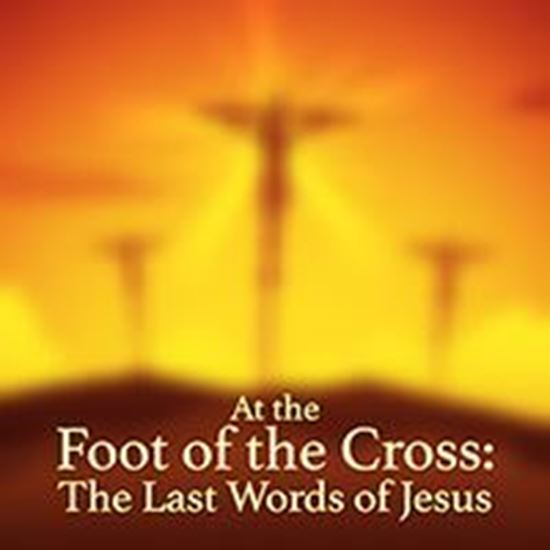
At the Foot of the Cross: The Last Words of Jesus
Jesus’ last words on the cross profoundly changed those who heard them. He continued to teach us how to live even in the final moments of His life as He hung on the cross in the agony of His execution. His lessons of forgiveness for the offender, salvation for the sinner, and trust and love for family and friends guide our daily lives. In this play, each character hears a phrase from Jesus' final utterances and reflects on its importance. Two narrators unify monologues delivered by characters whom Jesus affected during the course of His life. All characters are situated at the foot of the cross on which Jesus suffered and died. When Jesus rises, he has a message of hope for each one and a message for all of us. About 30 minutes.
Productions
Behind The Scenes
PLAYWRIGHT MARGARET SMITH TALKS ABOUT
AT THE FOOT OF THE CROSS
The Last Words of Jesus:
Q: WHAT'S YOUR FAVORITE PART OR LINE IN THE PLAY? WHY?
A:
PETER: We will all doubt in our lifetimes; we will all become separated from God; but forgiveness and salvation is possible. Confess and follow.
These lines are the central message of the play and the central message for Christians. Such hope pulls us back to God again and again.
WOMAN AT THE WELL: He has brought to the world “living water”—a promise of peace, and love, and eternal life.
In a way, this line echoes the previous one, but it includes qualities we cherish in Jesus, “peace and love.” Life would be so simple if polluted and troubled Man could live by these words.
Q: WHERE DID THE CHARACTERS COME FROM? ARE THEY BASED ON PEOPLE YOU KNOW?
A: The characters are based on figures in the New Testament with much license taken with dialogue and narration.
Q: WHAT DID YOU TRY TO ACHIEVE WITH THIS PLAY?
A: I strived to recreate the Crucifixion during Holy Week as a way of marking this incredibly sad, yet beautiful and hope-filled time in our faith. With every Biblical character in the play, I tried to depict a troubled or reflective soul who benefits in some way from certain of Jesus’ last words. In doing so, I wanted the characters’ commentaries to enrich the audience’s translation of those last words so the viewers could feel the profundity of the scene and reflect on it prior to the Easter morning experience.
